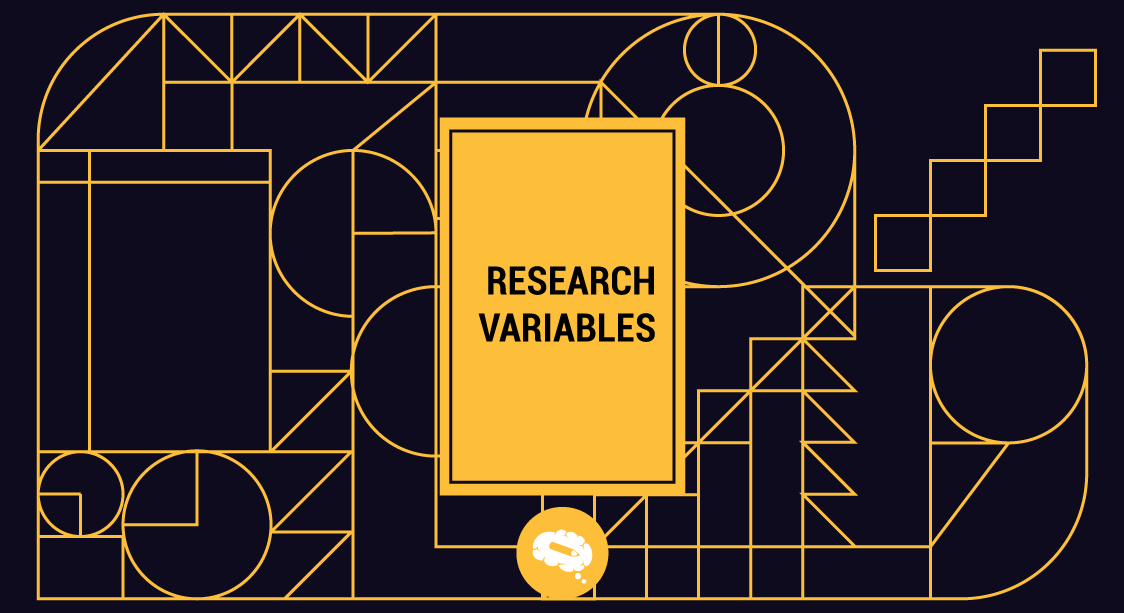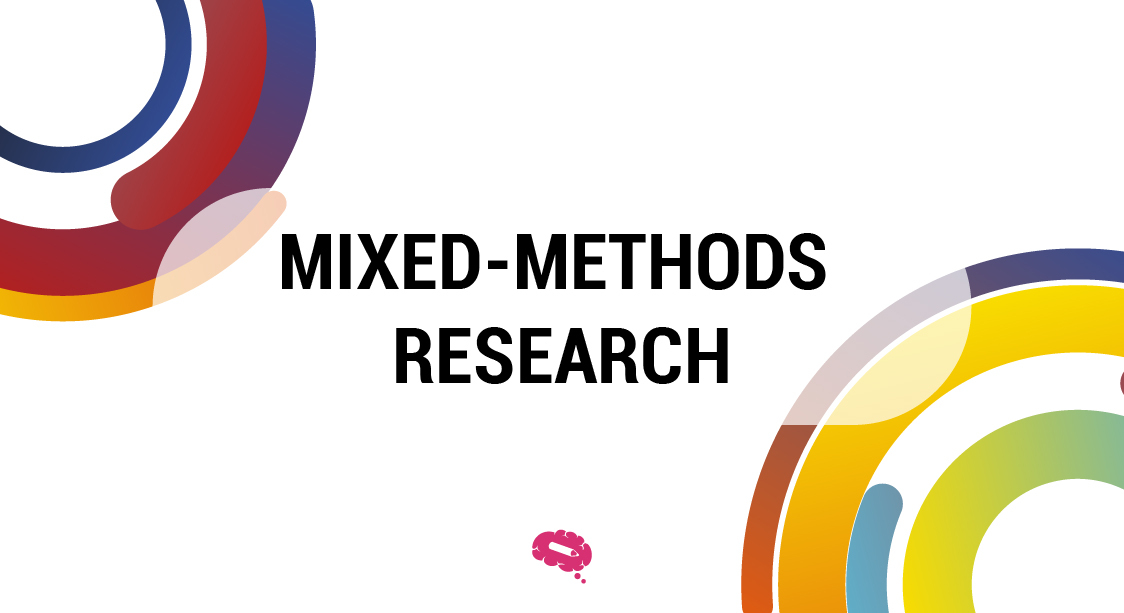Controlling for variables is essential in scientific research to ensure the validity and dependability of outcomes. Even the most precisely prepared studies, however, can be influenced by extraneous variables that are not purposely manipulated or accounted for but can nonetheless influence research conclusions. Extraneous variables can contribute to incorrect results, poor forecasts, and a lack of replicability in research.
This article will go over all of the pertinent information concerning extraneous variables, why they are important, and what types you may face when conducting research.
What are extraneous variables?
An extraneous variable is one that is not purposefully manipulated or controlled for in a scientific study but may nevertheless have an influence on the study’s conclusion. They have the ability to confuse or distort variables, impacting mainly the dependent variable(s).
This can jeopardize the study’s validity and impair the capacity to draw appropriate conclusions or make broad generalizations based on the findings. To ensure the reliability and validity of their findings, researchers must carefully analyze and control for extraneous variables.
Extraneous variables can come from a number of causes, including participant differences, changes in the experimental setting or circumstances, and uncontrolled environmental influences.
Why are extraneous variables important?
Extraneous variables are important since they can have a considerable influence on the result of scientific research by possibly distorting and impacting the dependent variable(s).
Extraneous variables, as previously stated, can lead to erroneous or misleading results if they are not identified and accounted for, which can have substantial implications in further research and real-world applications.
Extraneous variables can cause bias such as:
- Attrition bias: Occurs when research participants who leave out are systematically different from those who stay;
- Undercoverage bias: Occurs when some specific sort of individual of your population is not represented in the sample;
- Nonresponse bias: Occurs when those who do not reply to a survey differ significantly from those who do;
- Sampling bias, also known as ascertainment bias: Occurs when some members of the target population are less likely to be included than others;
- Survivorship bias: Occurs when researchers establish findings based solely on instances of successful people rather than the entire group.
Researchers may assist to assure the validity and dependability of their findings by correctly identifying and adjusting for extraneous variables. This entails reducing or eliminating the effects of extraneous variables, either by experimental design (e.g., randomization, counterbalancing) or statistical analysis. (e.g., including extraneous variables as covariates). Researchers can boost their trust in the study’s results and give more accurate and valuable information to the scientific community by doing so.
What are the types of extraneous variables?
There are various sorts of extraneous variables that might possibly influence the outcome of scientific research. These are some examples:
Demand characteristics variable
A type of extraneous variable that gets developed when participants in research modify their behavior or reactions as a result of cues or expectations supplied by the experiment itself. For example, if participants feel they are expected to behave or respond in a specific manner, they may adjust their behavior appropriately.
Situational variables
These are extraneous variables that occur as a result of elements of the experimental environment or setting. Variations in temperature, lighting, or noise levels, for example, can have an influence on study outcomes, as can the presence of other individuals or distractions in the surroundings.
Participant variables
Individual variations among participants that, if not accounted for, may have an influence on research findings. Demographic characteristics such as age, gender, and ethnicity, as well as psychological ones such as personality traits, cognitive ability, or mood, can all be considered.
Experimenter variable
Experimenter variables are classified into two categories. The first is that the interactions of experimenters with participants might inadvertently influence their behavior, which is analogous to the demand characteristics variable. The second factor is potential bias caused by the experimenter in measurement, observation, analysis, or interpretation may alter the study’s findings.
Methodological variables
Variations in the research’s technique or processes, such as deviations in measuring equipment or data collection methods, might be extraneous variables that influence the conclusions.
Time variables
Variables in time, such as the time of day or the day of the week, might be extraneous factors that influence research findings.
Task variables
Characteristics of the task or stimulus utilized in the study, such as its difficulty or familiarity, might be extraneous variables that influence study findings.
How to control extraneous variables?
Here are some simple steps that researchers may take to control for uncontrollable variables:
1. Identify potential unnecessary variables
Researchers should carefully analyze all potential factors that might have an influence on the study’s findings and identify those that are extraneous.
2. Control method
Once you’ve identified the extraneous variables influencing your study, you may choose a method of control. Methods are associated with a certain category of variables, making it simple to choose which technique to apply. Control methods include the following:
Standardized procedures
This approach pertains to situational, time, task, and demand characteristic variables that arise throughout the study’s design. Create standard measures for a consistent setting for all participants.
Counterbalancing
This approach is related to participant variables, such as the study’s specific order of events. To account for this, you may instruct one set of participants to finish a section, while another group completes a different section.
Random sampling
This approach is related to participant variables and ensures that all participants have an equal probability of being picked. When splitting people into a control group and an experimental group, for example, you may draw names at random to ensure that each individual has the same chance of being in either group.
Masking
This approach is concerned with experimenter variables. Masking is having someone administer the experiment while being unaware of the goal of the study.
The world’s largest scientifically accurate illustrations gallery
Mind the Graph is the world’s largest scientifically-accurate illustration gallery filled with illustrations and graphs from many branches of science such as biology, chemistry, physics, and more. Simple to use and fantastic for improving the quality of your work!


Subscribe to our newsletter
Exclusive high quality content about effective visual
communication in science.





